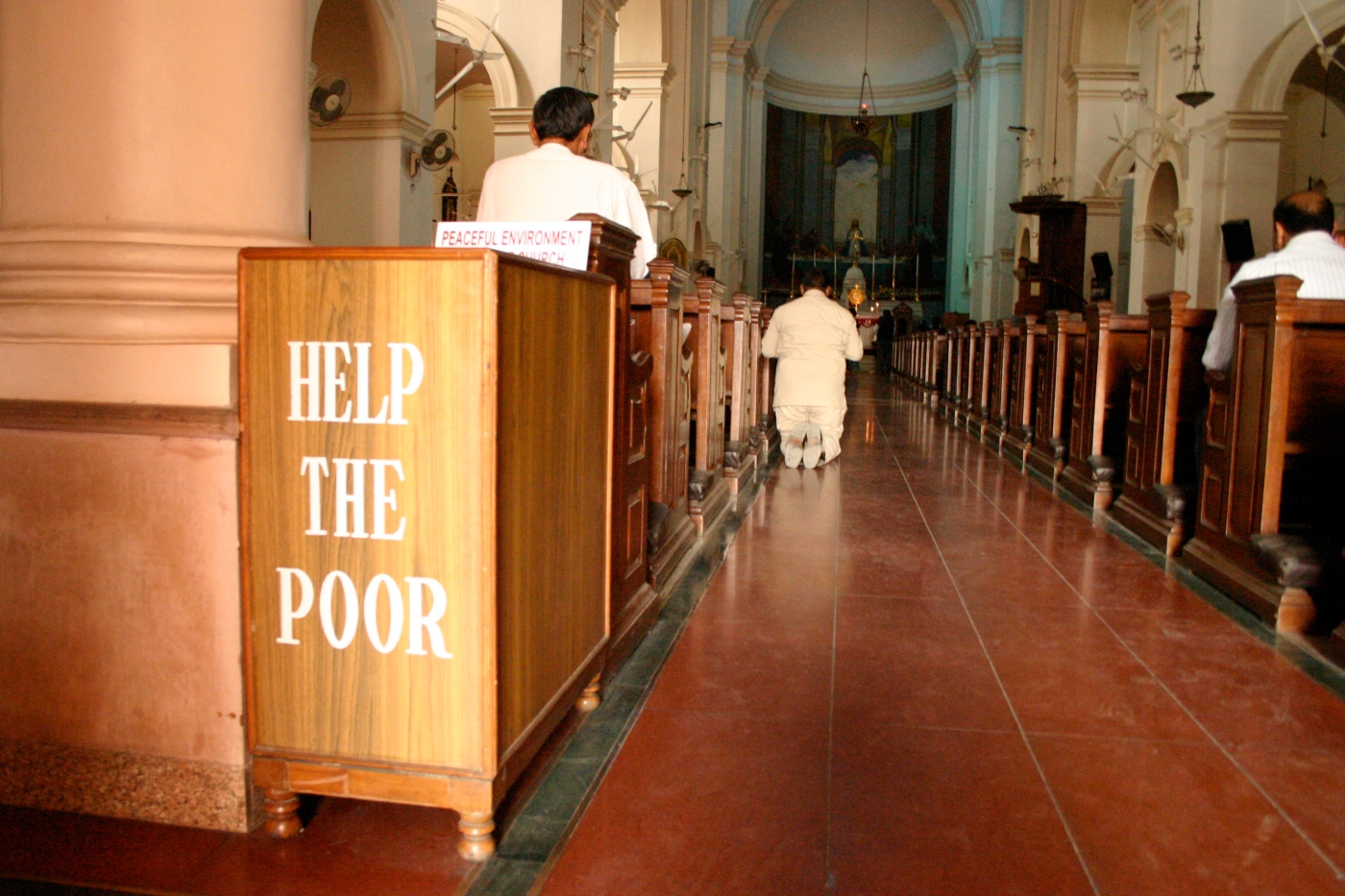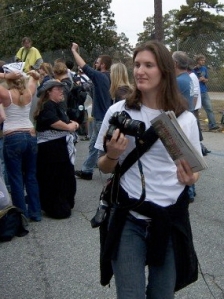Published by U.S. Catholic, March 2013
Franklin Caesar Thomas and R. L. Francis both attend Mass at Sacred Heart Cathedral in New Delhi. Though the two lay activists with similar backgrounds may be polite on Sundays, they don’t like each other.
Like 70 percent of Catholics in India, Thomas and Francis are Dalits—untouchables. For thousands of years, Indian society has been structured by caste, divided into four main groups and thousands of sub-groups. A family’s caste still largely determines one’s social standing and opportunities, and Dalits fall at the bottom.
Untouchability—the idea that coming into contact with a Dalit would make an upper-caste individual impure—was made illegal in India’s 1959 Constitution. However, discrimination and segregation continue in many parts of India, and efforts to correct the inequalities continue to spark debate, including within the church. Caste is so embedded in Indian culture that it has seeped into every religion in the country.
Today Thomas and Francis may sit next to upper-caste Christians in Delhi’s cathedral, but only decades ago a Southern Indian church built a wall down its middle so that castes could worship at the same time without seeing each other. Many churches had separate vessels for communion.
Caste also affects educational and economic opportunities. As a fourth-generation Catholic and son of a teacher, Thomas was relatively well off. Still, his family didn’t have electricity until 1995. “If this is the life of the son of a teacher, what about our neighbors?” he asks.
His neighbors are more like Francis, who didn’t have access to the church’s excellent schools. Francis attended a government school through the seventh grade. “Like Jesus, never got any study,” he says with a laugh in halting English. As the language of business, English is essential to get ahead in India, but Dalit children still rarely have access to an English education.
Both Thomas and Francis want to give Dalits greater opportunities to succeed. A pending case in India’s Supreme Court, however, divides the two Catholics. …



Leave a comment